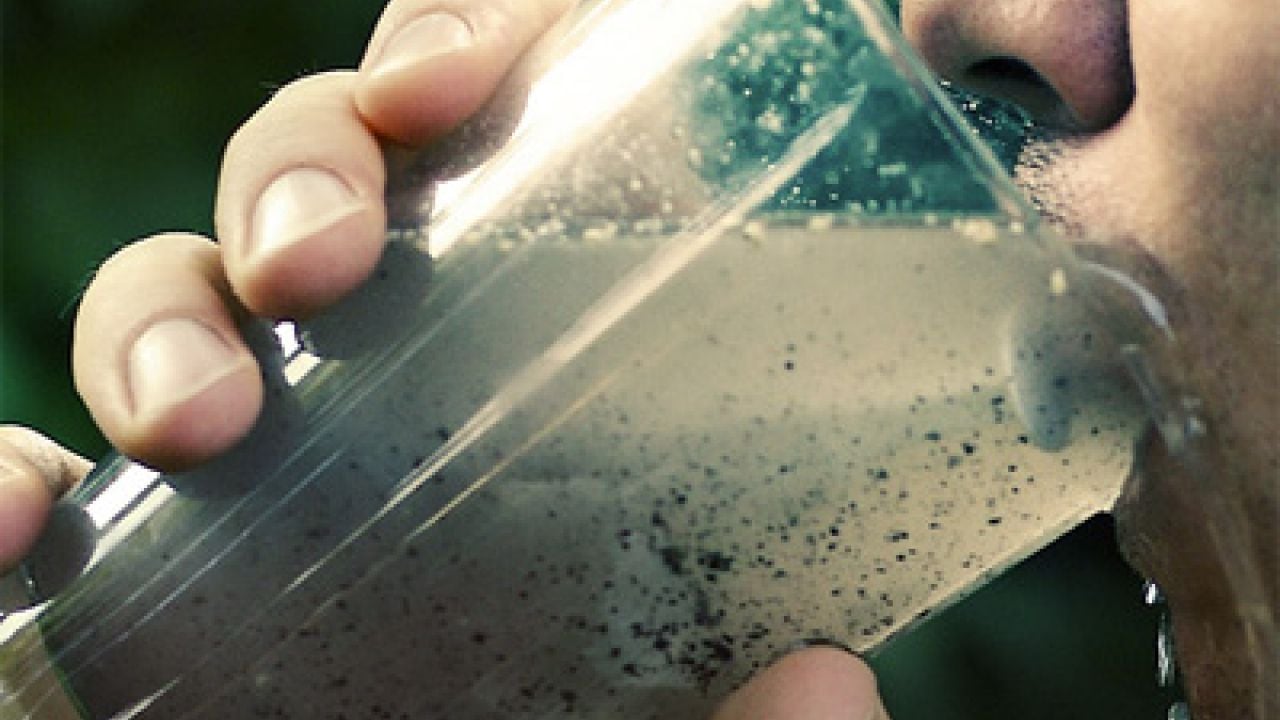
Researchers have found a shockingly high lead levels in the blood of young Washington, D.C. children tested between 2001 and 2004, when the District of Columbia's drinking water was being contaminated with lead from aging pipes.
In a study published yesterday (Jan. 27) on the website of Environmental Science and Technology, scientists Marc Edwards and Simoni Triantafyllidou of Virginia Tech and Dana Best the Children's National Medical Center in Washington wrote that the number of babies and toddlers with elevated lead levels in their blood increased by more than four times, compared to the pre-2001 period.
The study, first reported yesterday by Carol D. Leonnig of the Washington Post, said that hundreds of children in the nation's capital experienced elevated blood-lead levels in the 2001-2004 period, and many of the youngest could suffer irreversible IQ loss or other developmental difficulties. D.C.'s lead contamination crisis was triggered by a 2000 decision by D.C. Water and Sewer Authority officials to change disinfectants, from free chlorine to chloramine. Lead levels in D.C. water began rising in 2001 but were not publicized until the Post disclosed them in February 2004.
"The switch in disinfectant reduced the concentration of potential carcinogens (a byproduct of chlorine disinfection) to levels below those specified by the U.S. Environmental Protection Agency," the researchers wrote. "However, the chloramines also altered the water chemistry and unexpectedly caused lead to leach from lead service line pipes and other plumbing materials such as leaded brass and solder. The resulting contamination affected water lead levels throughout the city."
At the time of the crisis, officials acknowledged that some neighborhoods showed particularly high water lead levels. But the new study is the first to draw a strong correlation between the hardest-hit neighborhoods and elevated lead blood levels in young children: in the neighborhoods with the highest risk of exposure, the study said, the incidence of elevated blood levels among children of 1.3 years or younger increased by 2.4 times, compared to pre-crisis levels.
Leonnig reported yesterday that the new study raise concerns about 42,000 D.C. children, now ages 4 to 9, who were in the womb or younger than 2 during the water crisis and who were exposed to significant amounts to lead.
The lead contamination crisis
Lead, a powerful neurotoxin, was banned from household paint in 1978 and finally removed from gasoline in 1996. As a result of these two major public health decisions lead levels in the blood of children have declined by almost 90 percent. Unfortunately, lead is only one of the contaminants Washington residents and other Americans need to worry about when they fill a sippycup for a toddler or make a jug of lemonade on a hot summer day.
A 2005 EWG analysis of water utility tests from 42 states found that tap water was polluted with 260 chemical contaminants. Lead was found in tap water in 35 states. A growing number of studies have also found trace levels of scores of pharmaceuticals and household product chemical residues that have no been effectively removed by municipalwater treatment plants. Aging water infrastructure adds to the pollution burden in tap water.
EWG and its allies in the environmental health field are calling on President Obama and Congressional leaders to direct adequate resources from the stimulus package to update the nation's water-system infrastructure.



